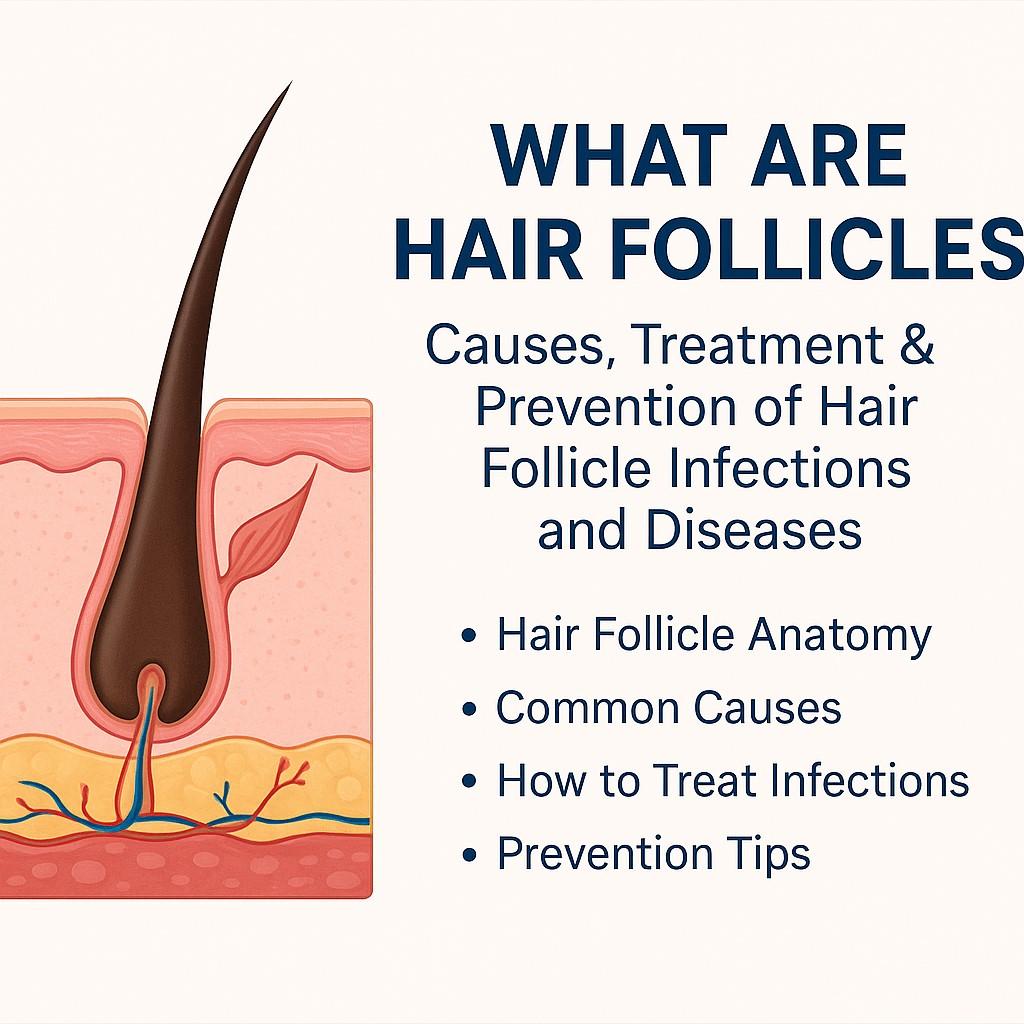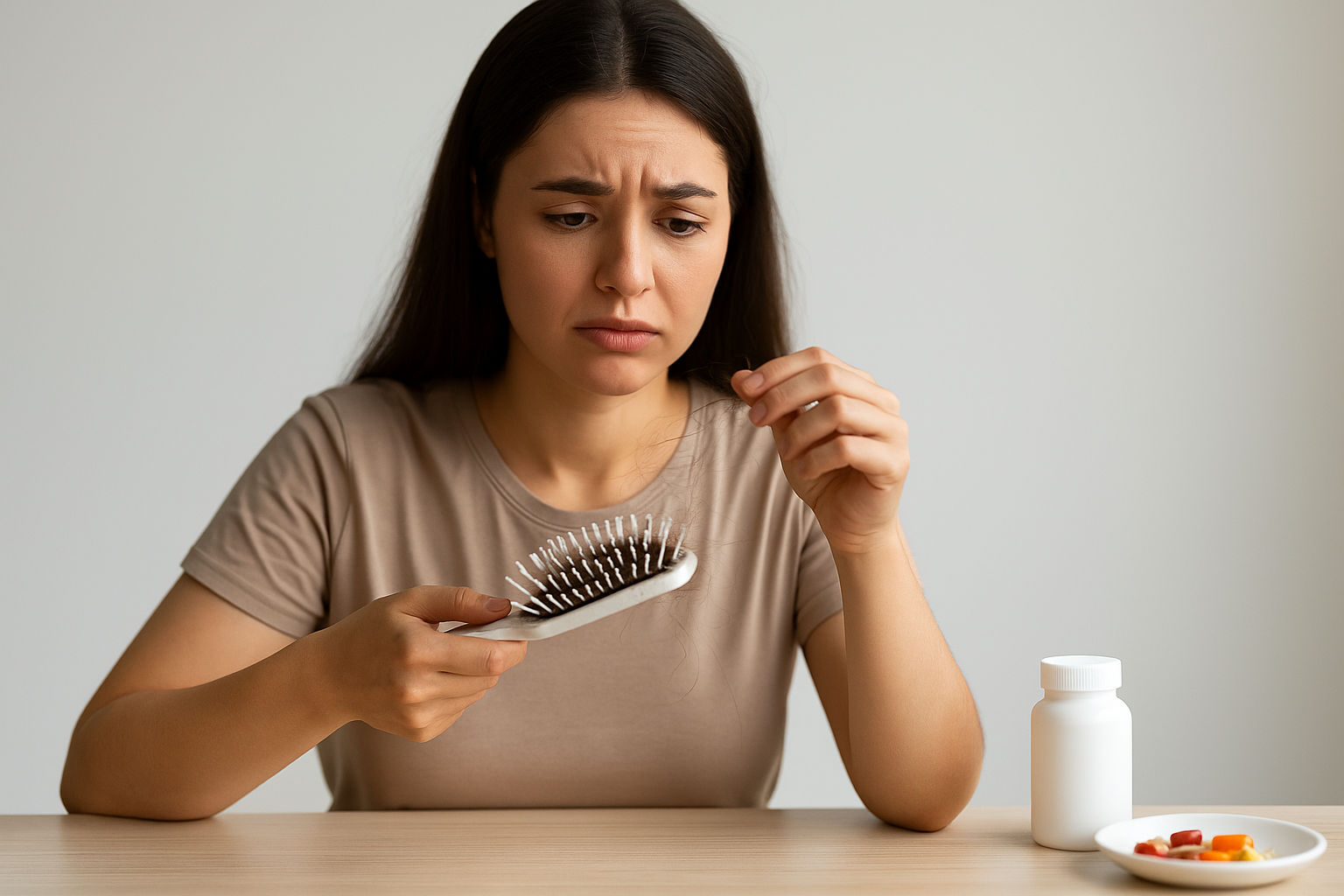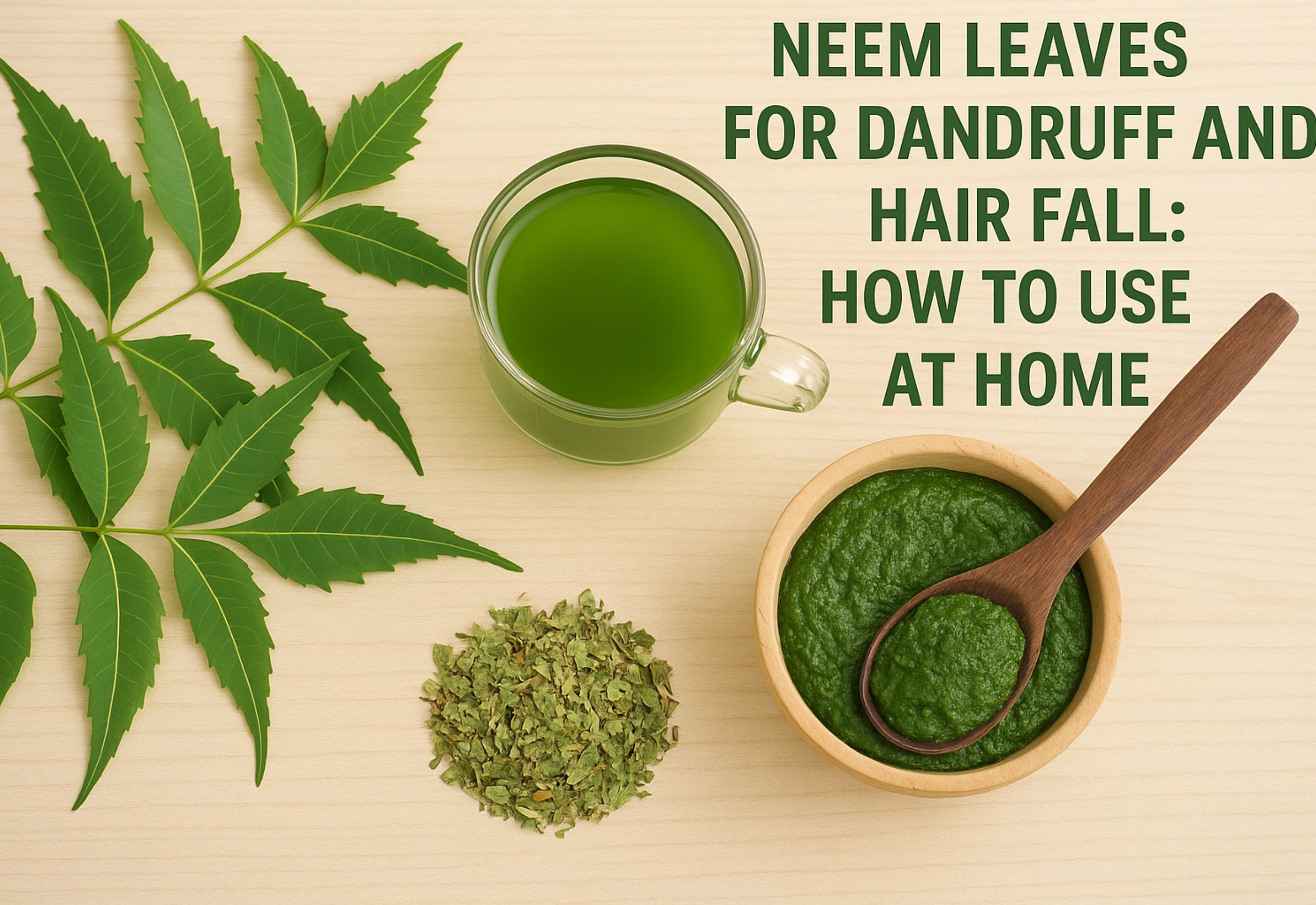Every hair on your body starts from a hair follicle. These small structures sit below the surface of the skin. They hold the root of each strand and help it grow over time.
So, what is a hair follicle? It is a pocket-like opening in the skin. Inside it, your hair forms and gets its shape. A healthy follicle helps your hair stay strong and thick.
Sometimes, follicles become inflamed or blocked. This can lead to pain, swelling, or even hair loss. Some people get bumps or boils. Others may notice red patches that do not go away.
This blog will guide you through the basics. You will learn how hair follicles work and what can damage them. We will look at the signs of trouble and simple ways to care for your skin. You will also find clear tips on how to treat infected hair follicle problems and prevent hair follicle disease from returning.
Anatomy and Function of Hair Follicles
Hair follicles are small but important parts of your skin. They are responsible for growing hair and also help with other skin functions. Each follicle contains several parts that work together. Understanding how they function can help you care for your scalp and prevent damage.
Hair follicle location: Hair follicles are found on most parts of the body. You will not find them on the palms of your hands or soles of your feet.
What is inside a follicle: Each follicle holds a hair root at the bottom. The lower part is called the bulb. It has the papilla, which contains blood vessels. These vessels feed the growing hair strand.
Role of the matrix: Just above the bulb is the matrix. This is where cells multiply. These new cells push older ones up, forming the hair shaft.
Protective layers: The follicle has two main sheaths. One is the inner root sheath. The other is the outer root sheath. Both guide and protect the growing hair.
Oil gland and small muscle: A gland next to the follicle makes oil. This keeps the hair soft and prevents dryness. A small muscle is also attached. This muscle tightens during cold or stress and causes goosebumps.
Hair growth stages: Hair grows in three clear stages. Anagen is the growing phase. Catagen is the transition phase. Telogen is resting phase.
Other skin functions: Hair follicles help repair the skin. They may also help with nerve healing and blood flow.
Also Read: 7 Reasons To Use Conditioner After Every Wash
Common Hair Follicle Diseases
Hair follicles can become irritated or infected. Some issues go away fast. Others stay longer or return often. Knowing what to look for can help you treat them early. Below are common conditions that affect the hair follicle.
Folliculitis
1: This is the most common hair follicle problem.
2: It shows up as red bumps or small pimples.
3: The area may itch, sting, or feel warm.
4: It happens when bacteria enter the follicle.
5: Shaving, sweating, or tight clothes may cause it.
6: Mild cases often clear up in a few days.
7: Some people get it often, especially on the scalp or back.
Boils and Carbuncles
1: A boil is a deeper, painful lump.
2: It forms when bacteria reach deeper skin layers.
3: The area turns red and may fill with pus.
4: A group of boils is called a carbuncle.
5: Boils can cause fever or swollen lymph nodes.
6: These need medical care if they are large or painful.
7: Do not squeeze or cut them yourself.
Hidradenitis Suppurativa
1: This is a long-term skin problem.
2: It affects areas with many follicles and glands.
3: Painful lumps form under the skin surface.
4: These may burst and leak fluid.
5: The condition can leave scars over time.
6: It needs regular treatment and care.
Eosinophilic Folliculitis
1: This is linked to the immune system.
2: It often affects people with weak immunity.
3: Small red or white bumps appear on the skin.
4: The bumps may itch or leave dry patches.
5: It comes and goes in flare-ups.
Acne Necrotica (Scalp Folliculitis)
1: This affects hair follicles on the scalp.
2: It starts with small fluid-filled bumps.
3: These often crust over and leave scars.
4: The area may itch or burn.
5: It needs gentle care and sometimes medical help.
Causes and Risk Factors
Hair follicle problems can happen for many reasons. Some are caused by bacteria. Others are linked to skin habits, clothing, or the immune system. Understanding these causes can help you avoid future problems.
1: Bacterial infection: One of the main causes is bacteria. Staphylococcus aureus is the most common type. It enters through small cuts or blocked pores.
2: Fungal or yeast overgrowth: Yeast and fungi can also infect follicles. This often happens in oily or sweaty skin. Warm and humid weather increases the risk.
3: Skin friction or pressure: Tight clothing, helmets, or heavy bags can rub against the skin. This friction can irritate follicles and lead to breakouts.
4: Shaving and blocked pores: Shaving too close or using dull blades may damage the skin. Dead skin or oil can also block the pores and cause inflammation.
5: Sweat and poor hygiene: Sweat that stays on the skin for long can cause buildup. If not cleaned, this creates a warm surface for bacteria to grow.
6: Weak immune response: People with weak immune systems get more infections. Conditions like diabetes or HIV raise the risk of chronic follicle problems.
7: Hormonal issues: Hormone imbalances can affect oil production. This may lead to clogged follicles and recurring infections.
Knowing these triggers helps you avoid things that harm your skin. In the next section, we will look at signs of a follicle problem and how it is diagnosed.
Also Read: 7 Reasons Why Hair Mask Must
Symptoms and Diagnosis
Hair follicle problems often start with small signs. These signs are easy to miss at first. If they are not treated early, the condition may get worse. Here are the common symptoms and how doctors find the cause.
1: Redness or swelling: The skin around the follicle may turn red. It might swell and feel sore or warm.
2: Small bumps or pimples: These bumps often look like acne. They may be filled with pus or clear fluid.
3: Itching or pain: Some bumps may itch. Others may hurt, especially if they are touched or pressed.
4: Scabbing or crusting: When the bumps break, they may leak fluid. The skin may form a dry crust over the area.
5: Hair loss or thinning: If the problem lasts too long, the hair may fall out. The area may look patchy or bald.
6: Fever or tiredness: If the infection spreads, you may feel weak. Fever and swollen lymph nodes are signs of a more serious problem.
Diagnosis process:
1: A doctor checks the area closely.
2: They may ask how long the issue has lasted.
3: In some cases, they take a swab to test for bacteria or fungi.
4: If the bumps keep coming back, a skin biopsy may be done.
Treatment Options
If your hair follicle is infected or swollen, you must treat it early. Mild cases often go away with home care. Some need medicine from a doctor. Knowing how to treat infected hair follicle conditions can help prevent pain, scarring, or hair loss.
Home care and hygiene tips
Warm compress: Soak a clean cloth in warm water. Place it on the sore area for 10 to 15 minutes. This helps bring out the fluid and eases pain.
Keep the skin clean: Wash the area gently twice a day. Use mild soap and clean water. Pat dry with a soft towel.
Use clean razors: If shaving is needed, use sharp and clean blades. Shave in the direction of hair growth. Avoid shaving over irritated skin.
Wear loose clothing: Tight clothes can rub against the skin. Choose soft, loose fabrics to avoid friction and sweat buildup.
Over-the-counter treatments
Antibacterial wash: A gentle antibacterial cleanser can help reduce bacteria. Use it once or twice a day.
Topical creams: Use over-the-counter creams with benzoyl peroxide or salicylic acid. These help dry out bumps and reduce swelling.
Antifungal lotion: If yeast is the cause, a simple antifungal cream may help. These are often used for rashes on the back or chest.
Medical treatments for serious cases
Prescription antibiotics: If the skin does not improve, doctors may give a cream or pill. These help fight strong or deep infections.
Corticosteroid creams: These reduce redness and swelling. Doctors may suggest them for long-term skin issues.
Drainage procedure: A doctor may cut and drain a large boil. This gives relief and helps it heal faster.
Also Read: 10 Effective Methods To Increase Hair Density
How to Prevent Hair Follicle Disease
Taking care of your skin and scalp can help you avoid many problems. Most cases of hair follicle disease start with blocked pores, friction, or poor hygiene. Small changes in your routine can make a big difference.
Wash your skin after sweating: Sweat can trap dirt and bacteria. Always rinse off after exercise, outdoor work, or long travel. Use a mild, fragrance-free soap.
Shave carefully and not too often: Use a sharp, clean blade. Shave in the direction of hair growth. Do not dry shave. If possible, let your skin rest between shaves.
Wear breathable clothes: Choose loose, cotton clothes that do not rub your skin. Tight fabrics and heat can irritate the follicles.
Avoid hot tubs with unclear water: Dirty water may carry bacteria. If you cannot smell chlorine or the water looks cloudy, do not enter.
Keep your skin moisturized: Dry skin can crack and let in germs. Use a light, non-oily lotion to keep your skin healthy.
Treat other skin issues early: Conditions like acne or dandruff can worsen and affect nearby follicles. Handle them with care before they spread.
Understanding what is a hair follicle helps you take better care of your skin and hair. These small parts of the body play a big role in growth and repair. When a problem occurs, it can lead to pain, swelling, or hair loss. Learning how to treat infected hair follicle issues early can prevent serious trouble. Good hygiene, safe shaving, and quick action can lower the risk of infections. Staying alert to signs of hair follicle disease allows you to get help on time. Healthy habits and early care are the best ways to protect your hair follicles for life.
FAQs
Can stress lead to hair follicle problems?
Yes. High stress can affect hormone levels, which may trigger hair shedding or weaken follicles. Long-term stress may also slow healing and increase your chances of developing a hair follicle disease or infection.
Is it safe to pop follicle bumps at home?
No. Squeezing bumps can push bacteria deeper into the skin. This may worsen the infection or cause scarring. It’s better to learn how to treat infected hair follicle issues with proper care or medical advice.
Can a poor diet affect the hair follicles?
Yes. Lack of nutrients like iron, protein, or zinc may weaken hair roots. A healthy diet helps your follicles stay strong and lowers the risk of slow hair growth or recurring skin problems.
How do I know if it’s folliculitis or acne?
Folliculitis usually forms around hair strands and causes small red bumps or whiteheads. Acne appears in oilier zones and may include blackheads or cysts. A doctor can confirm the exact condition with a skin check.
Does using hair oil cause follicle infections?
It can, especially if oil blocks the pores or stays on the scalp too long. Blocked follicles may trap sweat and bacteria. Wash your scalp regularly and avoid heavy oils if you have sensitive skin.
Are hair follicle diseases contagious?
Some bacterial forms like folliculitis may spread through shared towels or razors. But most types of hair follicle disease are not contagious. Clean habits can help you avoid passing infections to others.
Can swimming pools cause follicle infections?
Yes, if the pool is not well maintained. Dirty water can hold bacteria that irritate the skin. Rinse off right after swimming and avoid pools that smell bad or look cloudy.
Is hair regrowth possible after follicle infection?
Yes, if the infection is treated early. In most cases, hair grows back once the skin heals. Severe or repeated infections may leave scars and limit regrowth in some areas.
Can children get hair follicle infections?
Yes, children can get folliculitis from bacteria, heat, or friction. The scalp, neck, and legs are common spots. Treatment is similar to adults but should always be guided by a doctor for safety.
What is a hair follicle transplant?
A hair follicle transplant moves healthy follicles from one part of the scalp to another. It’s often used for permanent hair loss. Doctors perform it in clinics under local anesthesia.



